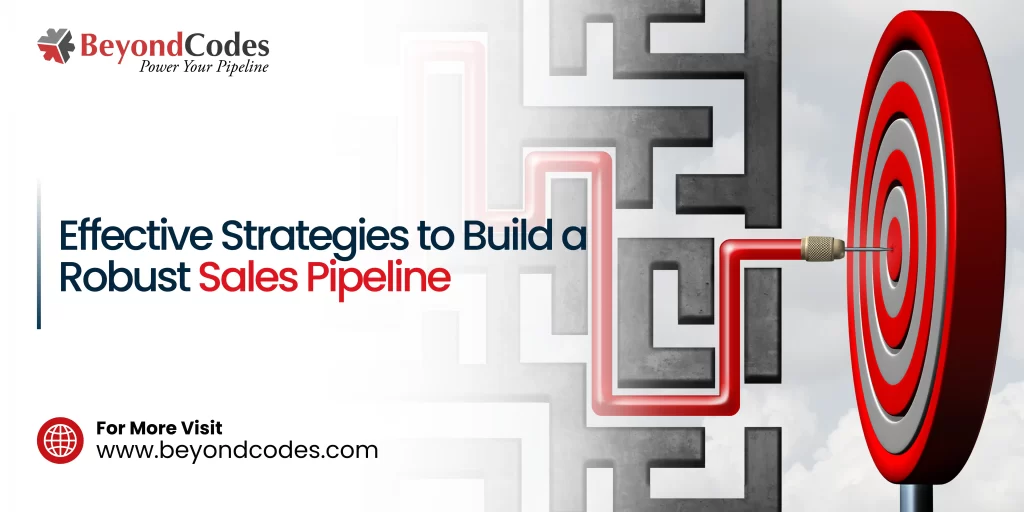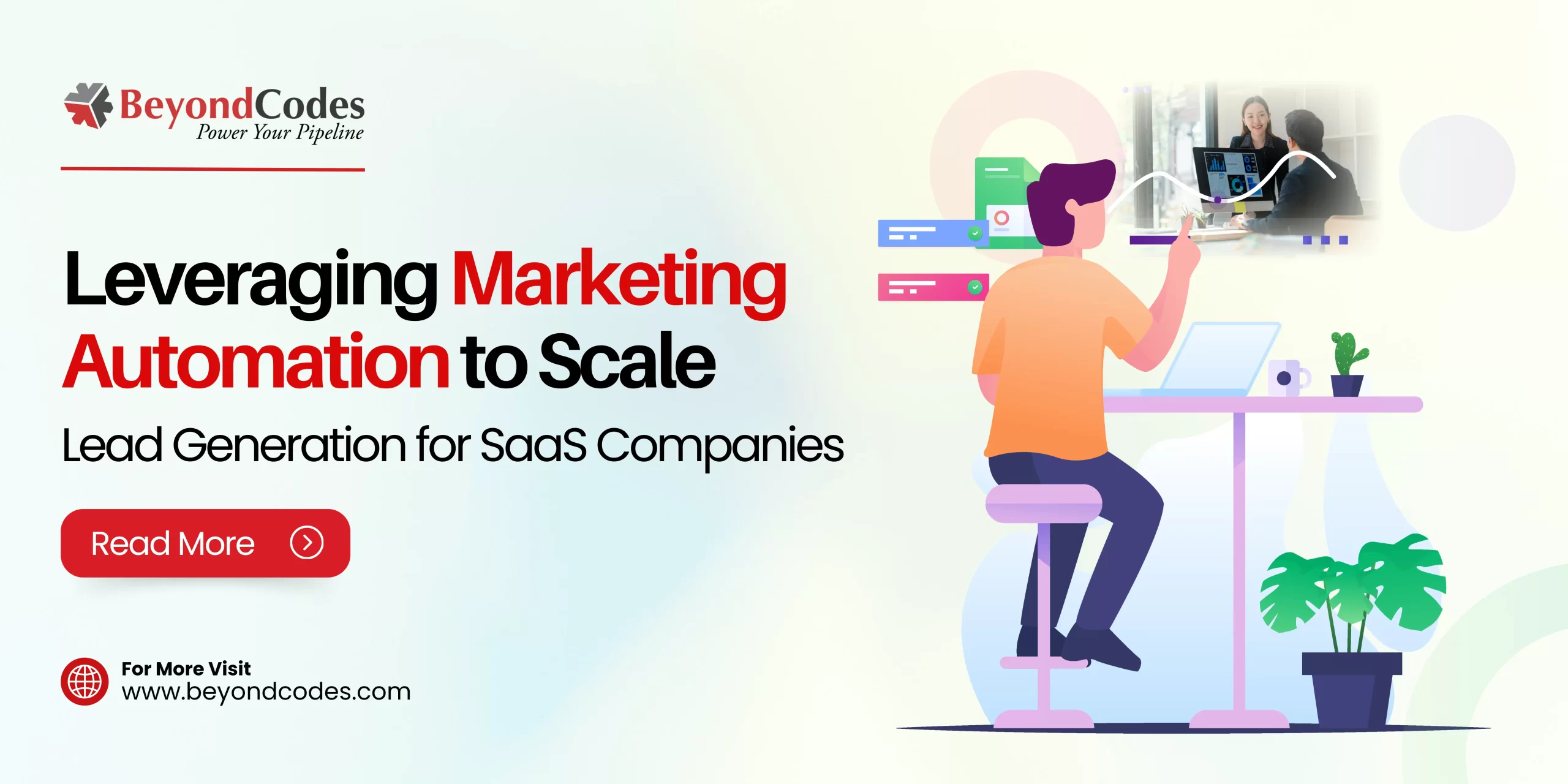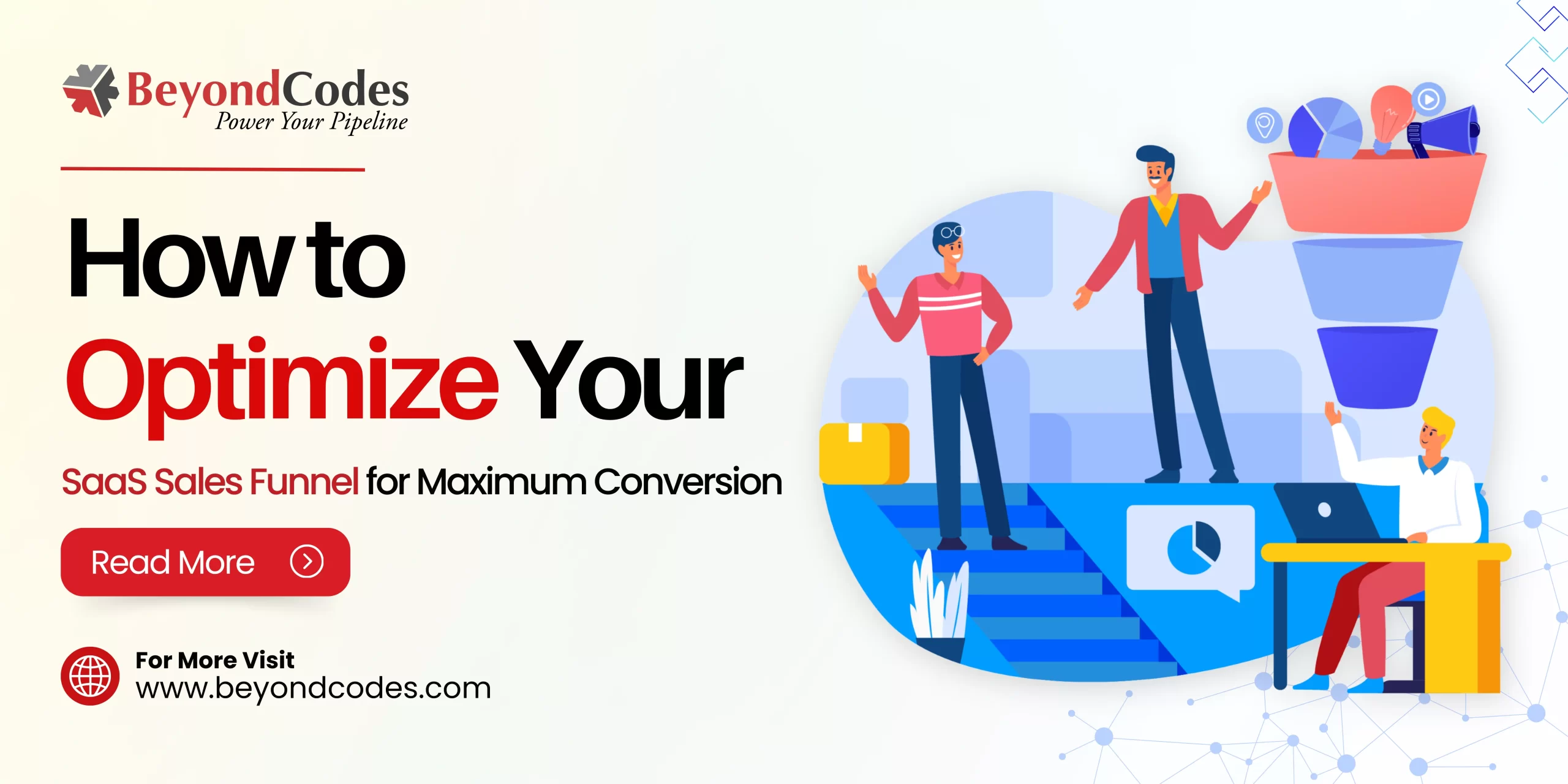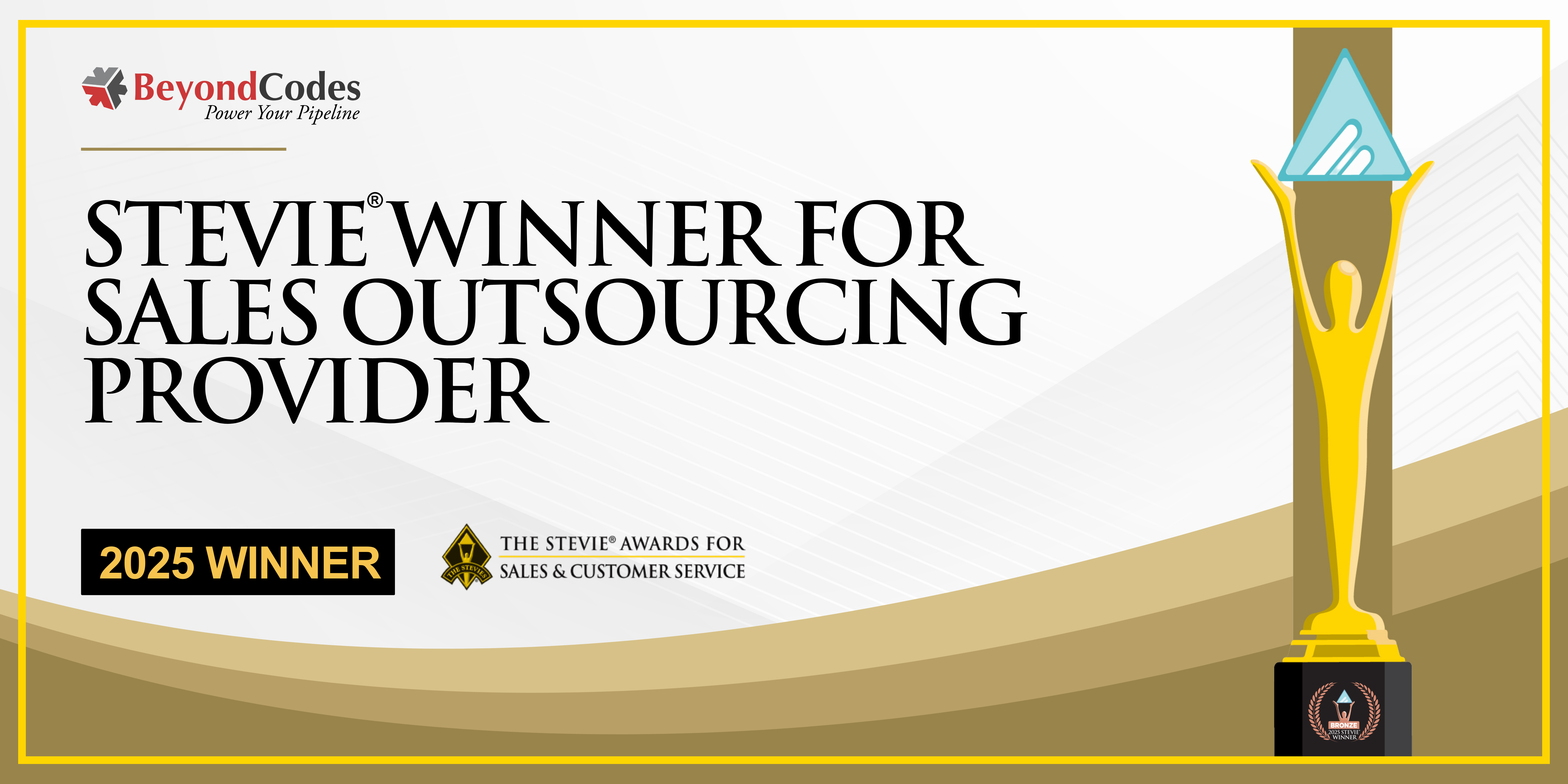In today’s competitive industry, a well-structured sales pipeline helps your sales team be more efficient and productive. Each pipeline stage must be methodically controlled—from initial contact to closing the deal—to ensure steady revenue growth and customer satisfaction.
There is a timeless adage in sales: “Pipeline saves lives.” This is accurate, as a strong sales pipeline is essential for revenue development. Your quota achievement and business growth suffer when your pipeline runs dry or slows. As a result, creating and maintaining a robust pipeline of leads and potential buyers is critical for any salesman.
In this post, we’ll examine a sales pipeline and how it differs from a sales funnel. We’ll also offer a detailed five-step framework for creating a sustainable and profitable sales pipeline.
What is a Sales Pipeline?
A sales pipeline is a visual depiction that helps track and manage potential customers as they progress through the buying process. It systematically manages sales activity, outlining each prospect, deal, and revenue opportunity.
Sales pipelines are critical for sketching all sales procedures affecting your bottom line. A well-organized pipeline streamlines prospecting, engagement, reporting, follow-ups, and CRM updates. Leads are easily neglected without an organized pipeline or tracking solution, and important buyer journey information is lost.
Why Effective Sales Pipeline is Important?
A well-structured sales pipeline has many key benefits that can significantly improve sales success.
Enhanced Sales Forecasting: A detailed understanding of each deal’s condition enables more accurate sales forecasting and improved business planning. Sales managers may more accurately estimate future sales and allocate resources if they understand each prospect’s current condition.
Improved Relationship Management: By tracking interactions and follow-ups, sales representatives build deeper relationships with prospects and clients, increasing conversion rates. This guarantees no leads are overlooked, and potential clients feel appreciated and understood.
Identification of Bottlenecks: Bottlenecks are identified by keeping a well-maintained sales pipeline, which allows for timely interventions to keep the sales process moving forward. For example, if many deal negotiations fall through at the proposal stage, it signals a need for stronger proposal templates or more attractive sales strategies.
Increased Sales Efficiency: With a defined roadmap, sales teams prioritize high-potential leads and focus on actions that promote sales. This customized sales approach minimizes wasted effort and increases the sales team’s productivity.
Stages of a Sales Pipeline
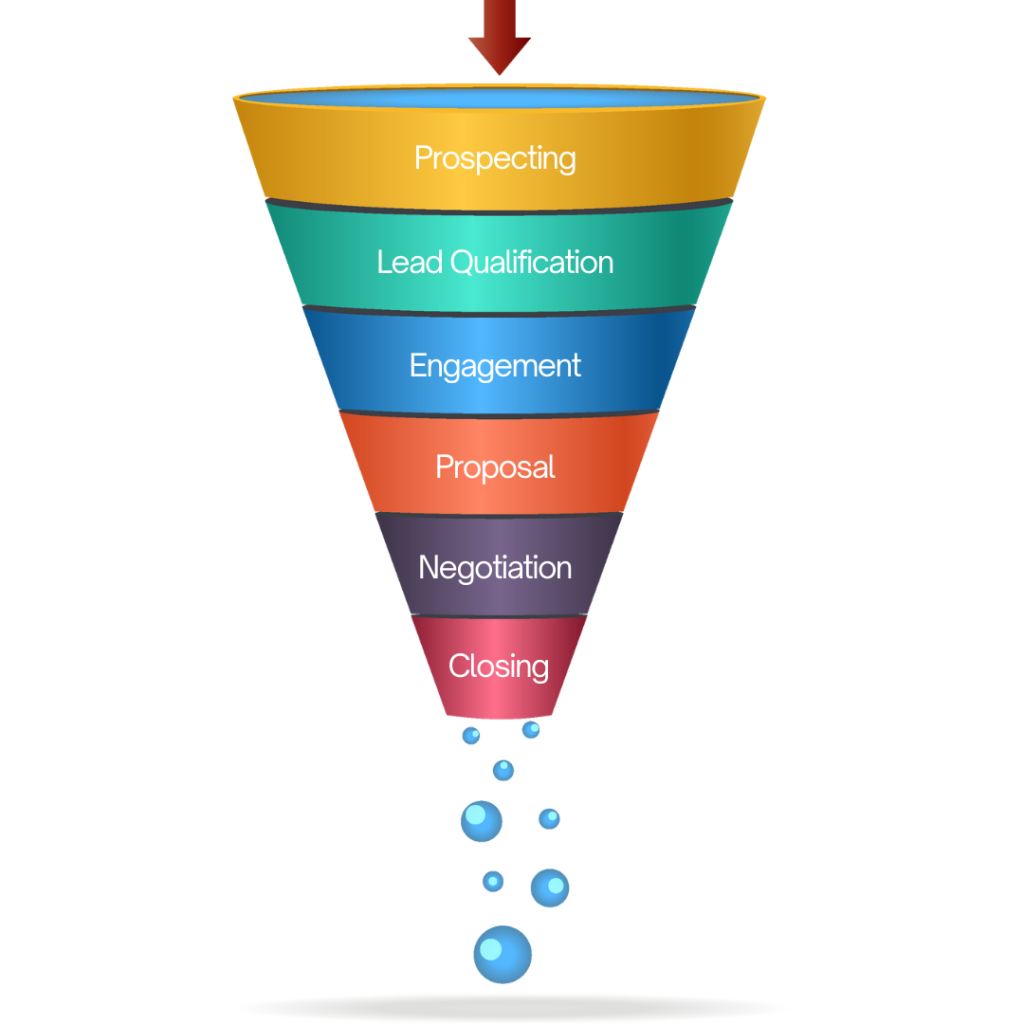
Prospecting: It is the initial stage of locating potential leads through cold calling, email marketing, and social media involvement. The idea is to create a list of potential clients interested in your product or service.
Lead Qualification: Lead Qualification: During this step, leads are evaluated to discover whether they meet the requirements for becoming potential clients. This includes assessing their need, money, and authority to purchase.
Engagement: Building relationships with qualified prospects through meetings, product presentations, and targeted content is critical at this level. Sales representatives try to identify each lead’s demands and show how their product or service can suit those needs.
Proposal: A customized solution to the prospect’s requirements is offered, and conditions are negotiated. This stage entails developing a proposal outlining the benefits, pricing, and terms of the deal.
Negotiation: During this stage, any objections are addressed, and the deal’s terms are finalized. Sales representatives are always willing to negotiate pricing, terms, and conditions to establish a mutually advantageous arrangement.
Closing: This stage involves closing the deal and starting the post-purchase relationship. It also involves obtaining the customer’s commitment and formalizing the agreement.
Building a Sales Pipeline: A 5-Step Plan
Defining Your Ideal Customer Profile (ICP)
Identify your ideal customers before you start growing your sales pipeline. Review your current successful clientele and direct competitors to create a complete Ideal Customer Profile (ICP).
Gather common customer parameters to focus on prospects most likely to earn income. Your ICP should concentrate on target companies and key decision-makers who fit within specified niche categories and share common traits. Regularly measure and track these metrics to improve your ICP and boost your chances of success.
Prospecting and Lead Generation
At this step, identify and contact potential leads who match your desired buyer profile. Prospecting activities include sending outbound emails, making cold calls, participating on LinkedIn, and requesting recommendations from relevant decision-makers.
Lead generation is the process by which marketers produce inbound leads through website form sign-ups, demo requests, and other methods. Attracting more potential leads reduces the risks associated with lost sales, ensuring a strong prospecting pipeline full of chances.
Qualifying Leads and Opportunities
Not every prospect will become a client. Qualification is critical for distinguishing between high- and low-potential leads, allowing you to focus your efforts on the most promising opportunities. Screen each prospect to determine their budget, pertinent pain issues, decision-making power, and buy readiness.
Sales representatives should ask detailed discovery inquiries to determine leads’ needs, expectations, and readiness to buy. Effectively managing early objections can transform warm leads into promising opportunities.
Nurturing Leads Through the Sales Funnel
Building strong customer relationships early on is important to close more business faster. Use a customer-centric strategy across the sales pipeline stages to build trust and rapport with every interaction. Be responsive, helpful, and focused on solving issues rather than simply selling your solution.
Listen effectively, provide customized content, communicate your company’s mission, personalize each conversation, and respond to feedback to build deep connections that lead to greater conversion rates. Regular follow-ups via email, demo calls, and meetings are required to keep leads moving through the sales funnel.
Close Deals and Manage Relationships
Closing a deal includes making thorough proposal offers, negotiating conditions, managing last objections, and obtaining mutually acceptable solutions. Following negotiations, the agreement is finalized by signing contracts or executing transactions.
If you don’t close the business deal, look at the prospect’s journey to identify areas for improvement in your sales pipeline. Ask prospects for feedback to determine if anything was lacking on your end. Remember that not every deal is meant to close. Every buying experience should be considered a learning opportunity.
Build a Robust Sales Pipeline with Beyond Codes
Beyond Codes understands that developing a sales pipeline can be challenging. You are not alone in wondering how to build and maintain a sales funnel effectively. Our goal is to make this procedure as efficient as possible for you.
Understanding Sales Pipeline Management
Creating and managing a sales funnel needs specialized skills, technology, and insights. This technique is critical for attaining your sales objectives.
Finding the Right Tools
Various sales approaches and resources are available, and finding the best combination that corresponds with your sales goals is critical. We help businesses streamline and manage this process with effective CRM software.
Streamlined Sales Prospecting
Beyond Codes streamlines sales prospecting by giving SDRs and AEs with verified contact data that links with their CRM.
Automated Data Enrichment
Beyond Codes uses automatic enrichment to keep your data up to date and alert you to vital sales triggers.
AI-Driven Personalization
Advanced AI technology helps in building personalized communications, hence increasing the productivity and relevance of your prospecting efforts.
Quick Plug: With Beyond Codes by your side, building and managing your sales pipeline has never been easier. Our team is here to support you. Contact us!
Sales Pipeline vs. Sales Funnel
| Aspect | Sales Funnel | Sales Pipeline |
| Definition | A virtual road map of the client experience, from awareness to purchase. | Encompasses all sales cycle actions performed by the salesperson, from prospecting to closing and follow-ups. |
| Focus | It focuses on prospects’ journeys as they progress through stages such as awareness, interest, evaluation, and purchase. | Focuses on the actions and tasks taken by the salesperson to drive prospects through the stages of a closed deal. |
| Stages | This includes stages like awareness, interest, consideration, decision, and purchase. | This includes stages like prospecting, cold outreach, qualification, meetings, proposals, closure, and follow-up are all part of the process. |
| Purpose | This provides an overall map of the buyer’s progress through the various stages. | This serves as a revenue opportunities, showing the actions required to convert leads into customers. |
| Perspective | Buyer-centric means focusing on understanding and guiding the buyer’s decision-making process. | Salesperson-centric, with a focus on efficiently managing and developing the sales process in order to close deals. |
| Key Emphasis | Understanding buyer behavior and customizing sales and marketing strategies accordingly. | Effective sales activities provide efficiency in task management, opportunity advancement, and income maximization. |
Final Thoughts
“Mastering the sales pipeline may not be easy, but it is definitely going to be worth your while.”
Consider a sales pipeline, which is a road map that guides your customers through the sales process. When set up and managed properly, the sales pipeline allows you and your team to keep track of every deal and activity effortlessly. Make sure your funnel stages correspond to what your team does to generate sales.
Do not hesitate to transform the sales pipeline as needed. Honing your sales pipeline improves its accuracy and helps you achieve your sales targets. With a clear and operational pipeline, you’ll know what generates revenue and can do more of it.


